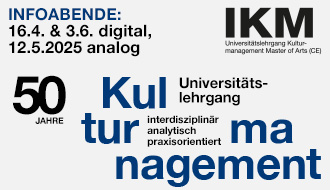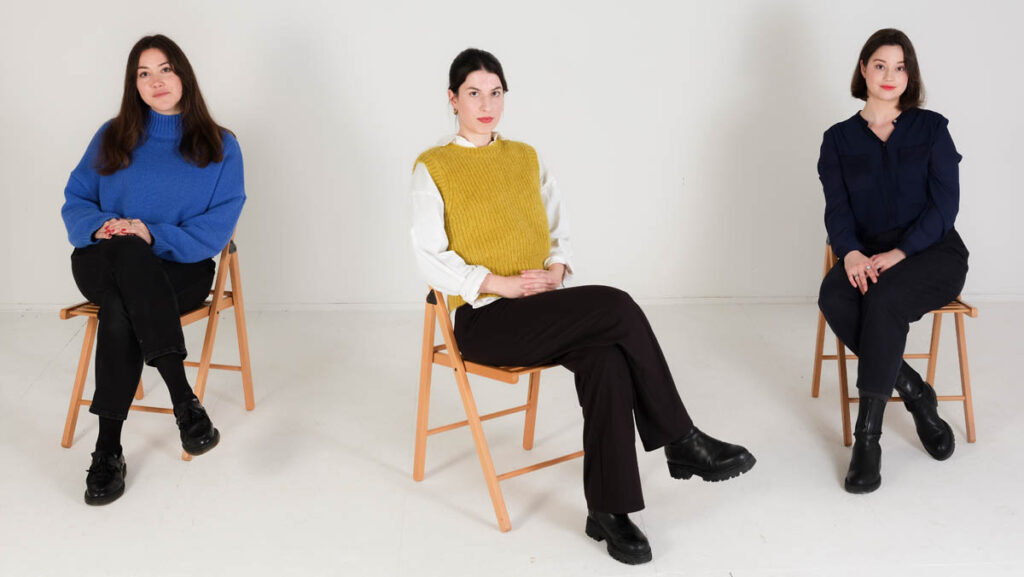
What does your usual day in the studio look like? Do you have any traditions or rituals during your work day?
My days in the studio begin quietly. I enter the space almost as if entering a sanctuary. I like to spend time simply observing the materials, the light, and the unfinished works around me. Music sometimes accompanies my process, or I enjoy listening to artistic or cultural conversations, but silence can be just as powerful. I don’t follow a strict routine, but I do follow the rhythm of my inner state.
Your work is often described as a fusion of Eastern aesthetics and Western techniques. How do you navigate these two influences in your process?
I was born in Shanghai and have lived in France for 37 years. These two cultures are not just influences—they are part of me. The Eastern philosophy of balance, emptiness, gesture, and flow guides my sensibility. At the same time, the Western tradition, with its emphasis on structure, color, texture, and material, gives me tools to express that sensibility. In my work, they meet naturally. I do not try to force a dialogue between them—they coexist in harmony, like yin and yang.


Your abstract landscape paintings have a dreamlike quality. How intuitive is your approach to painting, and how much of it is planned?
My creative process is deeply rooted in intuition and feeling. I do not begin with a fixed image in mind. Instead, I follow the energy of the brush, the movement of ink or paint, and the dialogue between what I feel and what appears on the canvas. There is a sense of improvisation, like in jazz, yet also a mastery of the brushstroke, reminiscent of Chinese calligraphy. That said, years of practice give structure to the intuition.
There is planning in terms of rhythm, composition, and balance, but I leave space for the unexpected to emerge.

Can you tell us more about the exhibition “Sailing through the Light,” currently on view at Opera Gallery in New York?
“Sailing through the Light” is an invitation to travel—not just through space, but through sensation and memory. The works explore the idea of light as both a physical and metaphysical element. Some pieces evoke horizons, water, or clouds, but they are not meant to depict reality. Rather, they offer a space for contemplation. The title suggests movement and transformation. I hope visitors feel as if they are drifting through an inner landscape, guided by light.
How has your experience teaching art in the past influenced your artistic practice?
Teaching is a form of reflection. When you teach, you must articulate things that are often instinctive. It helped me understand my process more clearly, and it reminded me of the importance of patience and openness.

Your works are held in various collections around the world. How do you perceive the relationship between your work and its audience across different cultures?
Art is a universal language. While certain symbols or techniques may have cultural roots, the emotions—tranquility, longing, movement, stillness—are shared by all humans. I’ve found that people from different parts of the world—with different experiences, knowledge, backgrounds, studies, etc.—resonate with different aspects of the work, and that diversity of perception is beautiful. My goal is not to impose a message or my personal feelings, but to offer a space for reflection. If a viewer, regardless of where they come from, finds a moment of purity, peace, and inspiration in front of one of my paintings, then the work has fulfilled its purpose.

Currently on view at Opera Gallery New York:
Exhibition: Feng Xiao-Min – Sailing Through the Light
Exhibition duration: 22 April – 17 May 2025
Address and contact:
Opera Gallery New York
791 Madison Ave, New York, NY 10065
www.operagallery.com
Feng-Xiao-Min – www.fengxiaomin.com
The artist’s journey is deeply intertwined with his art. Born in Shanghai in 1959, Feng-Xiao-Min was shaped by a city that had undergone dramatic transformations—from a pre-revolutionary cultural hub to an era of artistic censorship under the Cultural Revolution. Trained in realism at the Shanghai Fine Art Academy, he later sought artistic liberation in Paris at the École nationale supérieure des beaux-arts, where he encountered the works of Western masters and fellow Chinese expatriate artists like Zao Wou-Ki. His experiences in both worlds have resulted in a unique artistic voice—one that neither collides nor contrasts but rather synthesises the traditions of his heritage with the expressive possibilities of contemporary abstraction.




